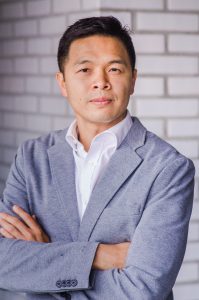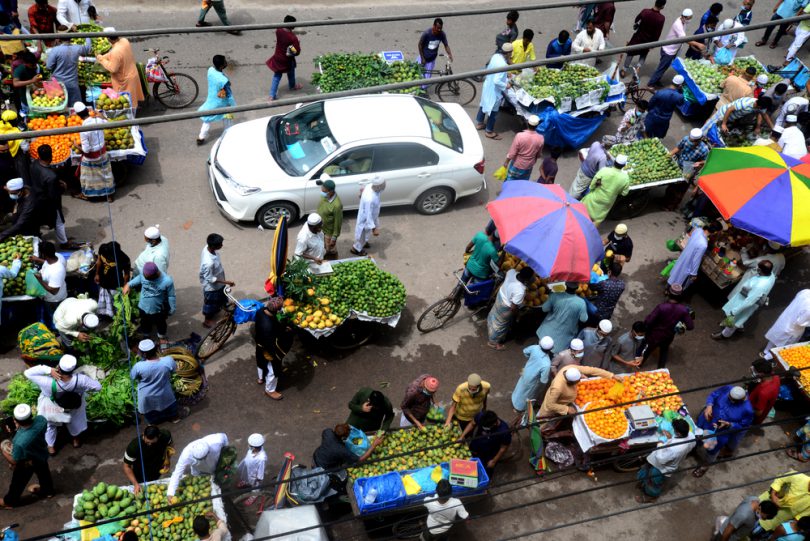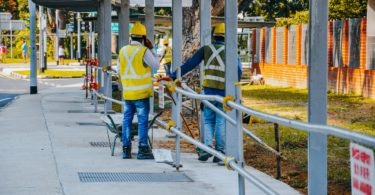By Jose Chong
As of 2009, more than half of the world’s population lived in cities; by 2050, urban dwellers will reach 2.5 billion. With such rapid urbanisation, the quality of life of urban citizens may be compromised, so we need strategies to ensure cities’ liveability. Public spaces are vital in achieving sustainable urban development. Parks, streets, sidewalks, markets, beaches, gardens, playgrounds, libraries and community centres offer a wide range of functions so that they can contribute to a city’s cultural, social and economic development; or even prompt civic empowerment and political engagement.
According to Sustainable Development Goals (SDG) and New Urban Agenda (NUA), urbanisation should accommodate the unique and overlapping needs of various groups in the community and provide meaningful economic, environmental and social values. Development needs to be people-centred and serve the diverse interests, needs and aspirations. For example, among the youth, the provision of suitable public spaces will not only provide a healthy and productive environment for their growth but also foster their connection with the community. For women, inclusive urban development will enable them to participate more actively and benefit more equally in society.
DHAKA
Dhaka is one of the most densely populated cities in South Asia. Access to quality public spaces is limited, especially for the vulnerable and marginalised groups. UN-Habitat collaborated with Dhaka North City Corporation (DNCC) and Work for a Better Bangladesh Trust (WBBT) to improve and revitalise youth public spaces in Rayer Bazar and Mirpur in the DNCC area.
Public Participation using Block by Block Methodology
To find out the actual needs and interests, young community members were invited to participate in the design processes by using Minecraft, a 3D sandbox game that can be utilised to envision the functionality of new buildings and parks. The Block by Block Methodology provided opportunities for the young to build their models, validate the designs and give their feedback in the implementation. This resulted in a win-win solution as users could help shape urban development that suits their needs, and the project implementors could ensure that the interventions were effective. In total, six sites have been successfully rejuvenated in Rayer Bazar and Mirpur in the DNCC area; and the upgraded spaces have attracted twice as many users, especially children and women.
Subscribe here to read the full article!

José Chong leads the Global Public Space Programme at the Planning, Finance and Economy Section of UN-Habitat. He coordinates the development of new tools for public space assessments/city-wide strategies and applies innovative methodologies for community participation/collaborative urban design. He has over 20 years of working experience with the private sector, non-profit organisations and local/national governments. Chong was also a lecturer on Architecture and Urban Design, Human Settlements and Bioclimatic Urbanism. He is trained as an urban planner and licenced architect (Ricardo Palma University) with Masters in Renewal Energies, Sustainable Architecture and Urbanism (Universidad Internacional de Andalucía); and International Cooperation and Urban Development (Technical University of Darmstadt) with specialisation in Sustainable Emergency Architecture (Universitat Internacional de Catalunya).
This commentary is supported by Sohel Rana and Li Yigang
For more information about the programme: https://unhabitat.org/programme/global-public-space-programme











